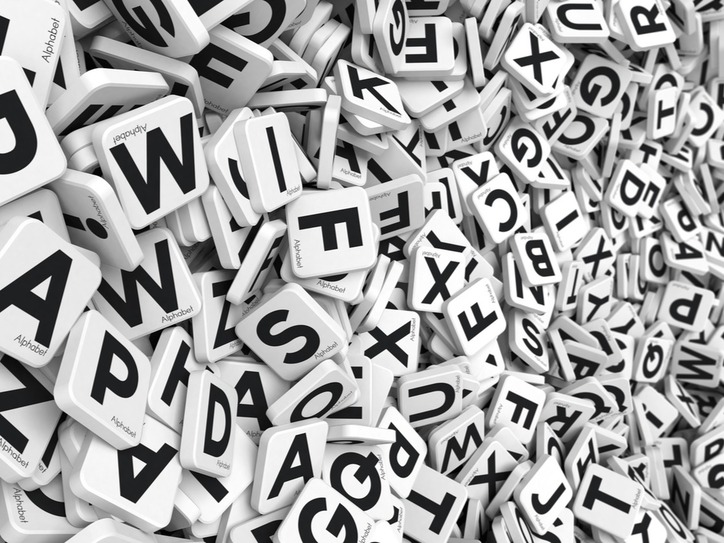Table of Contents
WORDS WE DON’T HAVE
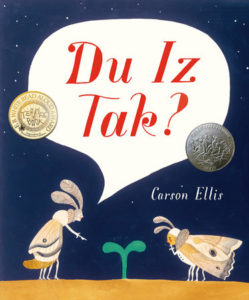 |
Carson Ellis’s Du Iz Tak? (Candlewick, 2016) is a marvelous tale of insects, all told in an invented bug language. “Du iz tak?” asks one, pointing to an emerging seedling. “Ma nazoot,” replies the second. Delightful for ages 4-8. See a detailed review from Brainpickings. |
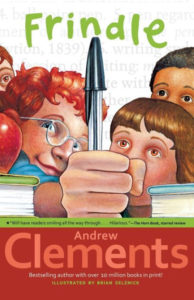 |
In Andrew Clements’s Frindle (Atheneum, 1998), Nick Allen – learning about the creation of words – asks why a pen is called a pen? Why not call it a frindle? Soon the new word has caught on – and then goes nationwide. For ages 8-12. |
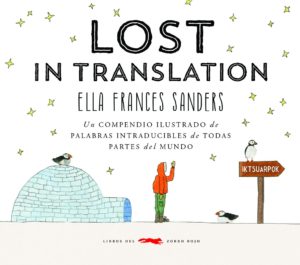 |
English doesn’t always have a word for it. By Ella Frances Sanders, Lost in Translation (Ten Speed Press, 2014) is an illustrated collection of untranslatable words from around the world. Discover the Norwegian for anything that can be put on a slice of bread, the Finnish for the distance a reindeer can travel before needing to rest, and the Japanese for the way sunlight filters through the leaves of trees. For all ages. |
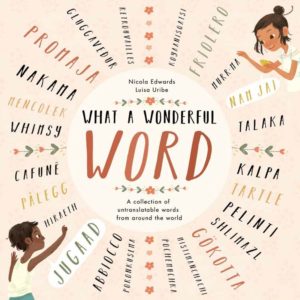 |
Nicola Edwards’s What a Wonderful Word (Kane Miller, 2018) is a collection of such untranslatable words as the German verschlimmbesserung (a supposed improvement that only makes things worse) and the Spanish friolero (someone who is always cold). For ages 5 and up. |
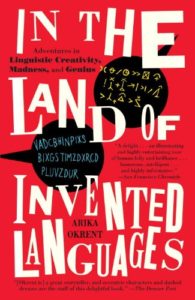 |
When it comes to invented languages, what may first spring to mind are Esperanto and Klingon – but there are many more. Arika Okrent’s In the Land of Invented Languages (Random House, 2010) is a fascinating history of totally-made-up languages, of which there are hundreds. (The earliest known dates to the 12th century.) For teens and adults. |
 |
Learn Esperanto and Klingon from Duolingo. (In just five minutes a day.) |
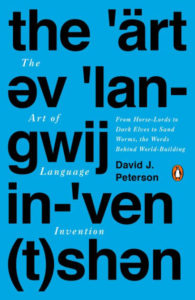 |
Want to invent your own language? See The Art of Language Invention: From Horse-Lords to Dark Elves to Sand Worms (Penguin, 2015) by David J, Peterson, who invented the Dothraki language for HBO’s Game of Thrones. For teens and adults. |
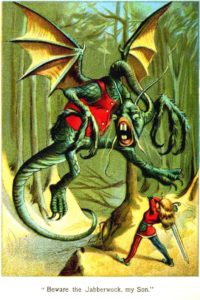 |
Lewis Carroll’s poem Jabberwocky is a masterpiece of invented language. |
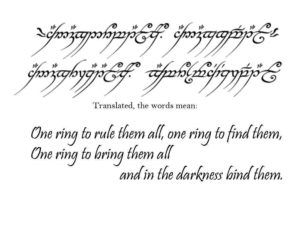 |
One ring to rule them all. See How did Tolkien come up with the languages for Middle Earth? |
IDIOMS
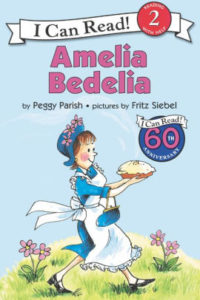 |
English is a tricky language, beset with deceptive idioms and figures of speech – and both are the bane of Peggy Parish’s literal-minded housekeeper Amelia Bedelia who, when asked to “draw the drapes,” sits down with sketch pad and pencil, or told to “put out the lights,” hangs the light bulbs on the clothesline. There are a dozen books in this word-wacky picture-book series, starting with Amelia Bedelia (Greenwillow, 2013), in all of which Amelia hilariously tackles the pitfalls of language. For ages 4-8. |
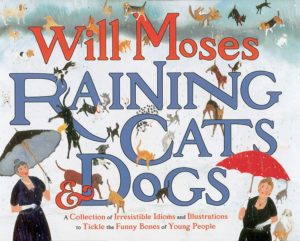 |
By Will Moses, Raining Cats and Dogs (Philomel Books, 2008), illustrated with folk-art-style oil paintings, explains such idioms as “in a pickle,” “make a beeline,” “get the ball rolling,” and “on thin ice.” For ages 5-9. |
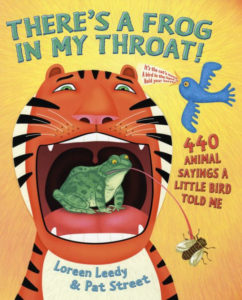 |
Loreen Leedy’s There’s a Frog in My Throat (Holiday House, 2004) is a collection of 440 illustrated animal sayings, with short explanations – giggling readers will learn about social butterflies, lucky ducks, why it’s best to let sleeping dogs lie, and how wet you get if it’s raining cats and dogs. For ages 6-10. |
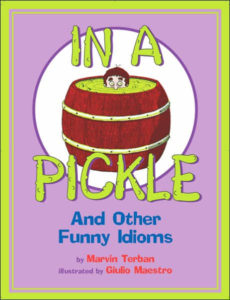 |
Marvin Terban’s In a Pickle (HMH, 2007), Mad as a Wet Hen!, and Punching the Clock are all cartoon-illustrated collections of a hundred or more different idioms with helpful explanations, among them “in the doghouse,” “in hot water,” “under the weather,” “hold your horses,” and “punch the clock.” For ages 7-12. |
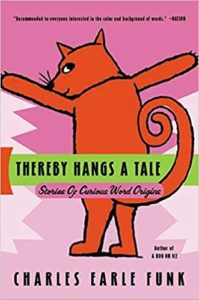 |
Charles E. Funk’s addictive books on “curious” word origins and expressions – written like a collection of catchy little short stories – are wonderful resources for any student of English. Titles (William Morrow, 2002), include Thereby Hangs a Tale, Horsefeathers, A Hog on Ice, and Heavens to Betsy! |
BAD WORDS
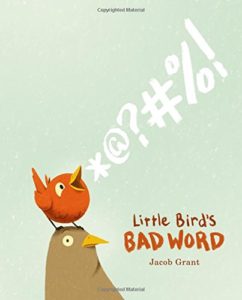 |
In Joseph Grant’s Little Bird’s Bad Word (Feiwel & Friends, 2015), Little Bird’s father drops a worm and lets out an angry BLARK! It’s a new word that Little Bird is excited to share – but in bird world, it’s definitely not a nice word to use. (Perversely, is almost sure to get your kids exclaiming BLARK!) For ages 4-7. |
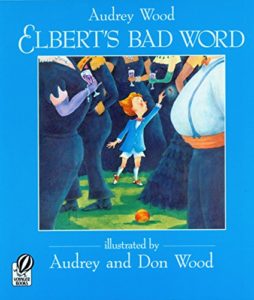 |
In Audrey Wood’s Elbert’s Bad Word (HMH, 1996), a croquet ball lands on Elbert’s big toe at a garden party – and Elbert acquires a bad word. The word, a furry rat-like little creature, follows Elbert everywhere, until the gardener – who doubles as a magician – supplies Elbert with a list of wonderful word substitutes. For ages 4-8. |
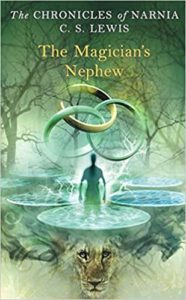 |
C.S. Lewis’s The Magician’s Nephew (HarperCollins, 2008), chronologically Book One in the Chronicles of Narnia – though most readers still start with The Lion, the Witch, and the Wardrobe – is the story of the origin of Narnia, beginning when Polly and Digory are sent to the strange Wood between the Worlds by Digory’s wicked magician uncle. The book features the truly awful Deplorable Word which, when spoken, destroys all living things except the speaker. For ages 8-12. |
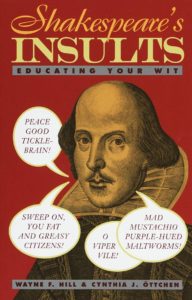 |
By Wayne F. Hill and Cynthia J. Ottchen, Shakespeare’s Insults (Three Rivers Press, 1995) is a collection of evil and erudite insults, culled from all the plays. (“You are not worth the dust which the rude wind blows in your face.” “More of your conversation would infect my brain.”) Better yet for Shakespeare students, screen the plays and collect insults of your own. For ages 13 and up. |
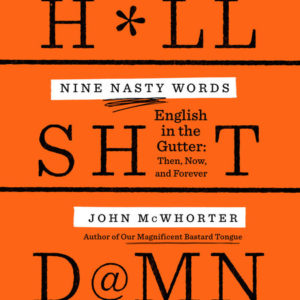 |
By linguist John McWhorter, Nine Nasty Words (Avery, 2021) – subtitled “English in the Gutter – Then, Now, and Forever” – is a lively and informative history of profanity from a range of angles, from the purely linguistic to the historical, sociological, and political. There’s more to it than just a lot of cursing. An interesting read for teens and adults. |
